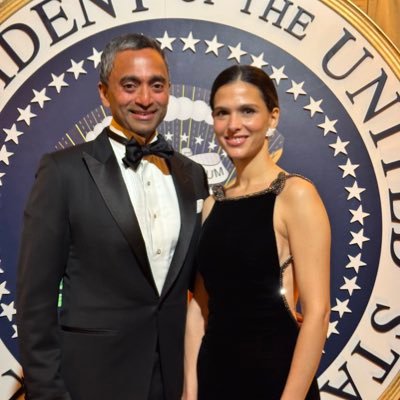What I Read This Week…
Circle went public this week in one of the most successful IPOs in recent memory, with shares 25× oversubscribed and the company raising $1 billion, more than double expectations.
Shares priced at $31 closed their first day of trading on the NYSE at $83, giving the company a market capitalization near $19 billion, and then rose again to over $107 the next day.
Circle is best known as the issuer of USDC, a dollar-backed stablecoin widely used for digital payments and on-chain financial infrastructure.
For years, Circle has operated ahead of U.S. regulation, building the underlying architecture for stablecoin issuance, compliance, and settlement in advance of regulatory and legal clarity.
Regulatory and legal clarity may be formalized soon through the GENIUS Act, a bipartisan bill advancing in the House Financial Services Committee that would establish a comprehensive regulatory framework for stablecoins.
In a market where the company that builds the most efficient infrastructure with cost-plus pricing (and a thin margin on top) wins, Circle’s head start and the resources raised through its IPO could give it an advantage over competitors.
The IPO’s success also suggests that public markets are open to new listings, especially from crypto companies, and reinforces that regulatory clarity may be the decisive factor in opening both private and public markets.
A recent paper from Apple researchers systematically evaluates the reasoning abilities of leading reasoning models, including Claude 3.7 Sonnet and DeepSeek-R1, using custom-designed puzzle environments that allow precise control over problem complexity.
The study found that while reasoning models outperform language models on moderately complex tasks by generating longer chains of thought, they consistently fail to solve high-complexity problems.
These models exhibit three distinct performance regimes: standard language models perform best on simple tasks, reasoning models excel at mid-range complexity, and both types break down at a certain level of complexity (including a threshold of complexity where model accuracy becomes 0%).
Moreover, reasoning models' tokens spent thinking paradoxically decrease as problems become more complex.
Basically, language and reasoning models are probabilistic systems that are not yet “internalizing” an understanding of the topics from first principles.
This is also why video generation AI models haven’t grasped physics (e.g. conservation of momentum, object permanence, rigid body dynamics), despite all the data they’ve ingested.
A new method to purify titanium could be a blueprint for making it a base metal rather than a niche, high-cost material.
Titanium is valued for its strength, corrosion resistance, and light weight, making it critical for aerospace, medical implants, energy systems, and manufacturing.
Because titanium has a strong chemical affinity for oxygen, even small amounts of oxygen trapped during processing make the metal brittle and unusable for structural applications.
Current methods to remove that oxygen, such as the Kroll process, rely on multi-step reactions with chlorine and magnesium that are slow, expensive, and energy intensive.
Researchers recently demonstrated a new technique that removes oxygen directly from molten titanium using rare-earth metals like yttrium.
Yttrium binds to dissolved oxygen to form stable oxyfluoride compounds, which are separated during melting. This reaction takes place in an induction furnace that keeps the titanium agitated, allowing for uniform deoxidation.
The process allows high-oxygen-content titanium from ore or recycled scrap to be refined in a single step, without chlorine, to reach ultra-low oxygen levels of 200 ppm.
Attaining purity today requires multiple costly refining passes. But by cutting complexity and enabling recycling, this method could transform titanium from a specialty metal into a mass-market material with applications in aircraft frames, electric vehicle components, offshore wind turbines, industrial heat exchangers, and biomedical implants.
Today, China controls around 85-90% of global yttrium production.
More below...
1.02K
423.05K
The content on this page is provided by third parties. Unless otherwise stated, OKX is not the author of the cited article(s) and does not claim any copyright in the materials. The content is provided for informational purposes only and does not represent the views of OKX. It is not intended to be an endorsement of any kind and should not be considered investment advice or a solicitation to buy or sell digital assets. To the extent generative AI is utilized to provide summaries or other information, such AI generated content may be inaccurate or inconsistent. Please read the linked article for more details and information. OKX is not responsible for content hosted on third party sites. Digital asset holdings, including stablecoins and NFTs, involve a high degree of risk and can fluctuate greatly. You should carefully consider whether trading or holding digital assets is suitable for you in light of your financial condition.

